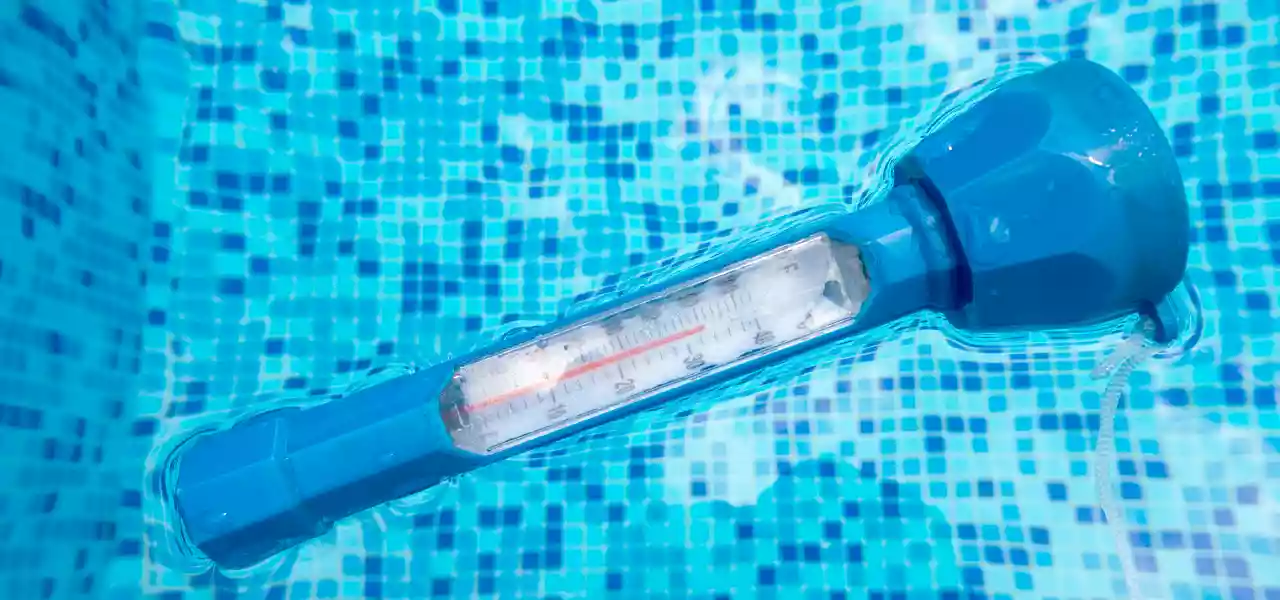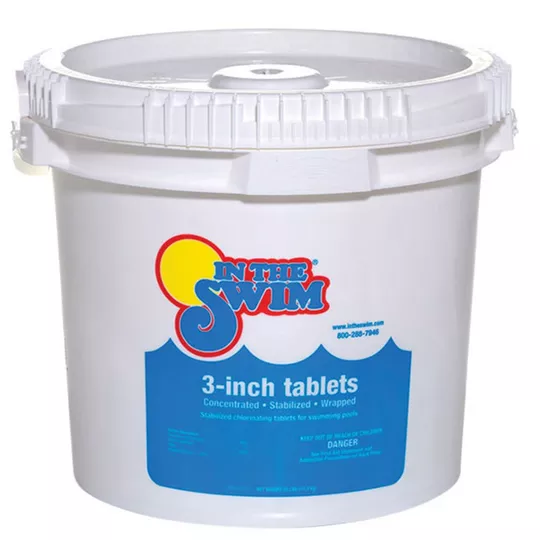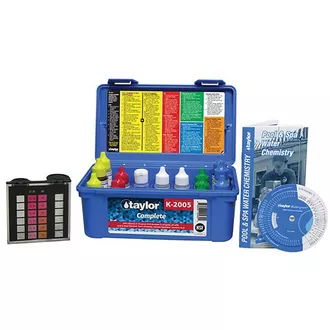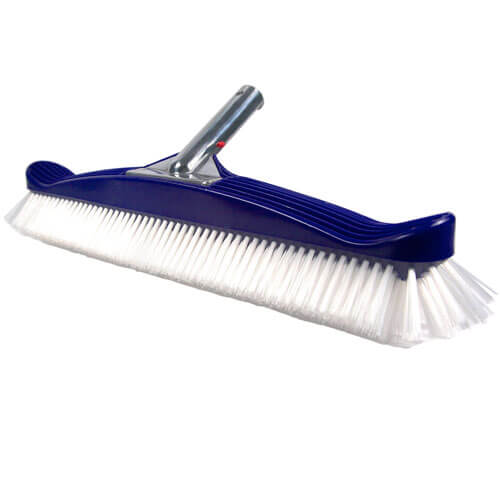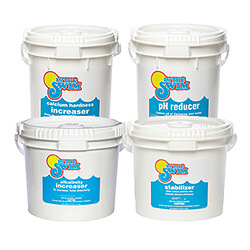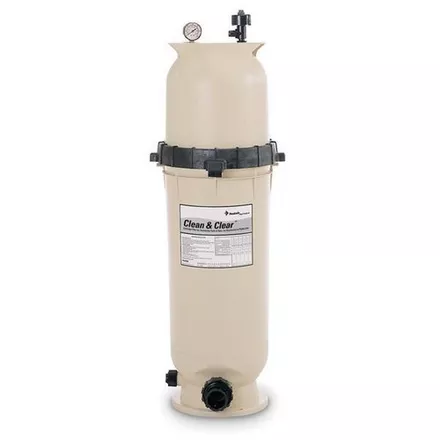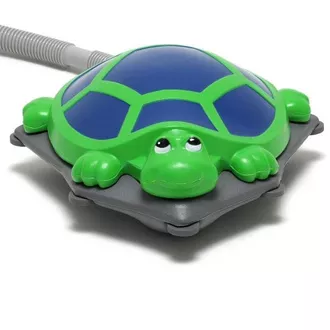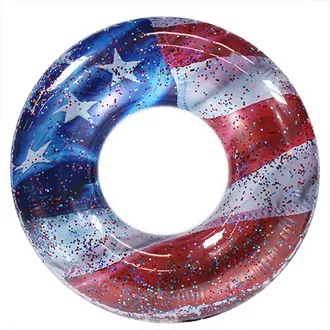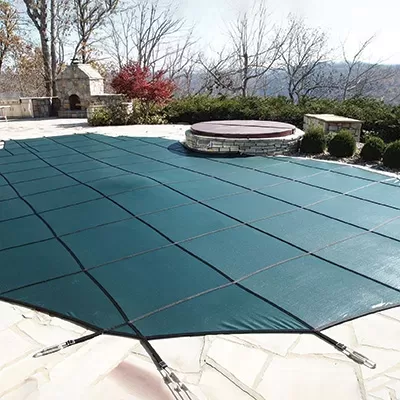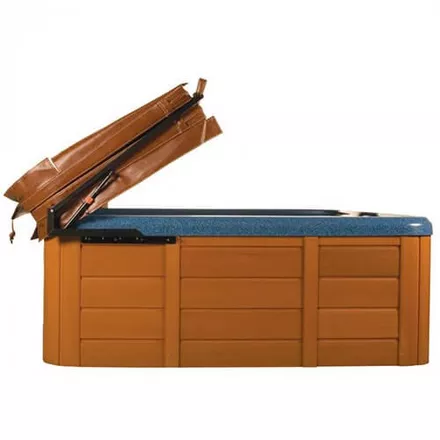Summer is here, and there’s no better way to beat the heat than by taking a refreshing dip in your pool. But as the scorching temperatures continue to rise, so do the challenges of keeping your pool in top condition. That’s where our essential hot weather pool care tips come in. Whether you’re a new pool owner or seasoned pro, it’s crucial to understand the importance of proper pool maintenance during the sweltering summer months. From balancing chemical levels to ensuring proper filtration, this guide will equip you with the knowledge you need to keep your pool clean, safe, and enjoyable this summer.
The Importance of Pool Care in Hot Weather
Proper pool care is always important, but it becomes even more crucial during hot weather. The combination of high temperatures, intense sunlight, and increased usage can lead to a variety of issues in your pool. As temperatures rise, it’s important to adjust your pool care routine to ensure your pool water stays clean and safe in the heat. Failing to do so can lead to cloudy water, algae growth, equipment damage, and even potential health hazards.
Follow these essential hot weather pool care tips to ensure your pool remains safe, clean, and refreshing this summer.
| Monitor Evaporation | Test/Balance Water | Prevent Algae Blooms | Keep the Water Cool | Protect Equipment |
|---|---|---|---|---|
1. Keep an Eye on Evaporation
Under normal weather conditions, the average pool loses roughly 1/4″ of water per day to evaporation. But when temperatures skyrocket, pools can lose up to 1/2″ of water per day, especially in dry climates. This drastic loss of water and consequent refills can cause serious chemical imbalances — and even pump damage if the water level drops below the skimmer.
Thankfully, this problem has a simple solution. During and after prolonged periods of extreme heat, monitor the water level in your pool and use a garden hose to refill if the waterline is below the halfway mark of the skimmer. And remember — after adding more water to your pool, test and balance the water chemistry. Which leads us into our next tip…
2. Test Water Chemistry More Frequently
We might sound like a broken record telling you to test your water chemistry again, but regularly testing and balancing your pool water is more crucial than ever when it’s hot out. In addition to evaporation, the sun’s UV rays can rapidly break down chlorine molecules in unstabilized water. Chlorine is essential for killing bacteria and keeping the water clean and safe for swimmers. Without enough chlorine, your pool becomes a breeding ground for algae and other harmful microorganisms.
Keep your pool properly sanitized in sweltering heat by following these steps:
- Test the water at least 2–3 times per week.
- Keep your floating or automatic chlorinator well-stocked with chlorine tablets to maintain a Free Available Chlorine (FAC) level of 1–4 parts per million (ppm).
- Use stabilized chlorine tablets to keep your water sanitized on a daily basis. Stabilized chlorine tablets contain Cyanuric Acid (CYA), which acts as a sunscreen for your chlorine, protecting it against breakdown from the sun’s UV rays. Using tablets regularly helps ensure your CYA levels stay above the minimum recommended level. But if your pool’s CYA level is below the recommended range of 30–50 ppm — such as after a fresh refill — use stabilizer, also called conditioner, to raise the level and protect your chlorine.
- Shock your pool once a week to eliminate contaminants and keep algae at bay. Don’t forget — shocking your pool at night allows for a more efficient shock treatment, as the chlorine binds to Cyanuric Acid during the daylight hours. If you use stabilized chlorine tablets as your primary sanitizer, we suggest using unstabilized calcium hypochlorite shock to keep your CYA levels from rising too quickly.
3. Prevent Algae Blooms
While algae can take up residence in your pool throughout most of the year, the threat is particularly strong during the hot summer months. The pesky organic contaminant thrives in warm, stagnant water, and can quickly turn your blue oasis into a green swamp if not properly controlled.
In addition to maintaining adequate sanitizer levels — as mentioned above — here are a few more ways to keep algae out of your pool:
Clean Your Pool
Skim, brush, and vacuum the floor, walls, and surface of your pool at least once a week to remove debris and algae spores.
PRO TIP: Looking for a way to decrease pool cleaning time and increase water circulation? Get an automatic pool cleaner! Not only do automatic cleaners make pool cleaning easier than ever, they also provide additional water circulation and filtration. Robotic cleaners, in particular, offer unbeatable cleaning capabilities and can run even when your pump is turned off, which helps increase circulation of water and chemicals.
Maintain Proper Water Balance
Proper water balance is crucial for preventing algae growth, among other pool problems. And while chlorine may be the main defender against algae, it’s also imperative to keep your pool’s pH, Total Alkalinity (TA), and Calcium Hardness levels in check. Maintain a pH level of 7.4–7.6, a TA level of 80–120 ppm, and a Hardness level of 200–400 ppm.
Add Specialty Chemicals
Enzyme products, like Pool Perfect + PHOSfree, remove non-living organic waste and phosphates from your pool. Phosphates are the main food source of algae, and a reduced contaminant load improved chlorine efficiency, so products like this help protect your pool from algae growth in the first place. And for even more algae-preventing power, incorporate an algaecide into your weekly routine alongside the enzymes.
Increase Pool Pump Run Time
Proper filtration and circulation are essential for maintaining a clean and clear pool, especially during hot weather. The pool’s filtration system helps remove debris, bacteria, and other contaminants from the water, while circulation ensures adequate chemical distribution.
Not sure how long you should run your pump? Don’t worry! The rule of thumb for single speed pumps is to run the system one hour for every 10°F of air temperature. So, if it’s 110°F outside, run your pump for at least 11 hours. And variable speed pumps should typically run on high for 3–4 hours and on low for 8–9 hours. These timeframes ensure all the water in your pool runs through the pump and filter at least once during the day.
4. Keep Your Pool Water Cool
Let’s face it, taking care of your pool in hot weather is a lot of work. And there’s nothing more rewarding than taking a dip in your clean, refreshing pool after all the effort you put into it. But, that refreshing reward can quickly turn to frustration when you realize the pool water is almost as hot as the air outside! Thankfully, there are several ways to keep your pool cool, even on the hottest days. The following cooling methods should be used at night to ensure best results, and reduce chemical and water loss.
Aerators
The cheapest and easiest way to cool your pool water is to use an aerating system. Aerators are attachments that plug into the side of your pool and connect to the return line or a dedicated aeration line. They spray a fountain of water back into the pool, introducing air to the small droplets of water as they’re sprayed. This allows heat to escape the water more quickly through evaporation, which can bring the pool temperature down a few degrees. To maximize the cooling impact and minimize chlorine losses, use your aerator or other water features at night instead of during the day. Just remember that aerators can lower water levels because of evaporation, and the increased air exposure can drive pH levels up, so test the water often and refill the pool as needed to avoid any problems.
Water Features
Water features, such as fountains or waterfalls, not only add aesthetic appeal to your pool, but also help cool the water temperature. These systems are essentially larger, more powerful aerators and use evaporative cooling to lower the water temperature. As the water flows and cascades, it increases the surface area exposed to the air, promoting evaporation and thus cooling down the water.
Pool Cooler or Reversible Heat Pump
These devices work like a pool air conditioner, by transferring heat out of the water through fans, refrigerant, or evaporative cooling. Once the heat is pulled, the cooled water then flows back down into the pool. While coolers and heat pumps are significantly more expensive than the other options listed, they provide the most drastic and long-lasting cooling.
Solar Panels
While typically used to heat a pool, solar panels can also help cool the water. As pool water travels through the panels, heat can be expelled into the cool night air, and the cooler water then travels back down to your pool. Just be sure to run the pump and use the solar panels at night, when the air temperature is cooler than the water temperature. Otherwise, you’ll end up with a pool-sized hot tub!
Solar covers, on the other hand, are not ideal for cooling your pool water. While they are effective for reducing evaporation, and they offer more UV-protection for chemicals (especially chlorine), solar covers trap heat in the pool and will actually increase the temperature of your water.
5. Protect Pool Equipment
Even though most pool equipment is designed to withstand the elements, prolonged exposure to extreme heat and sunshine can impact the efficiency and lifespan of certain components. It may also cause your pump to overheat, in extreme cases. Protecting crucial — and costly — equipment like the pump, filter, and heater, from the heat is a great way to ensure their longevity. Whether you use a simple umbrella or build a more elaborate shade structure, shielding your equipment pad from the harsh sun is highly beneficial.
Maintaining a pristine pool during hot weather requires a combination of standard maintenance tasks, plus additional proactive measures. By following these essential hot weather pool care tips, you can ensure your pool remains clean, clear, and inviting throughout the summer months. And don’t forget, In The Swim is here for all your summertime pool care and equipment needs! From chemicals and cleaners, to floats and filters, we have everything you need to keep your pool in top shape.

